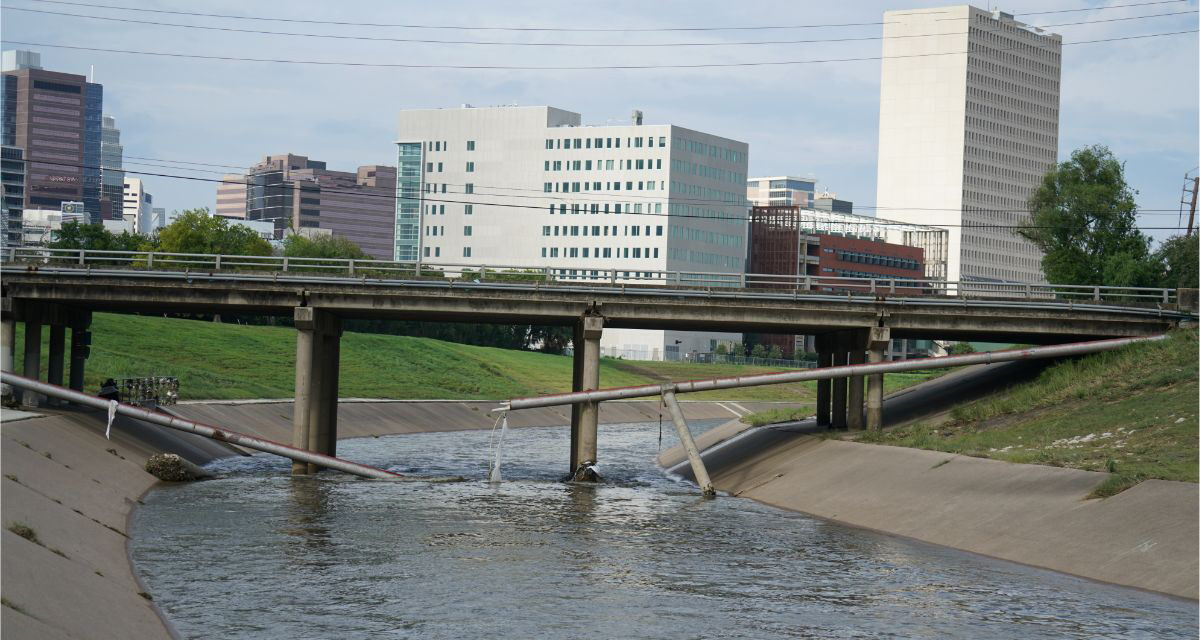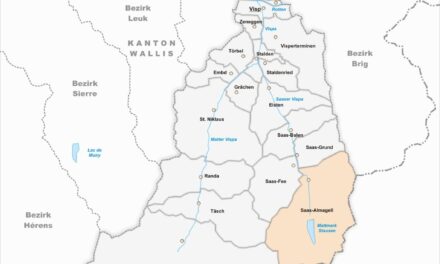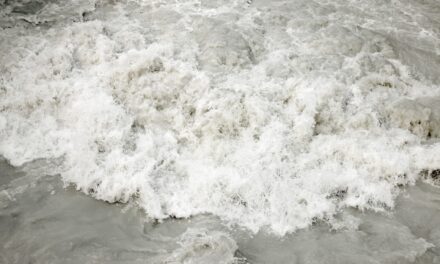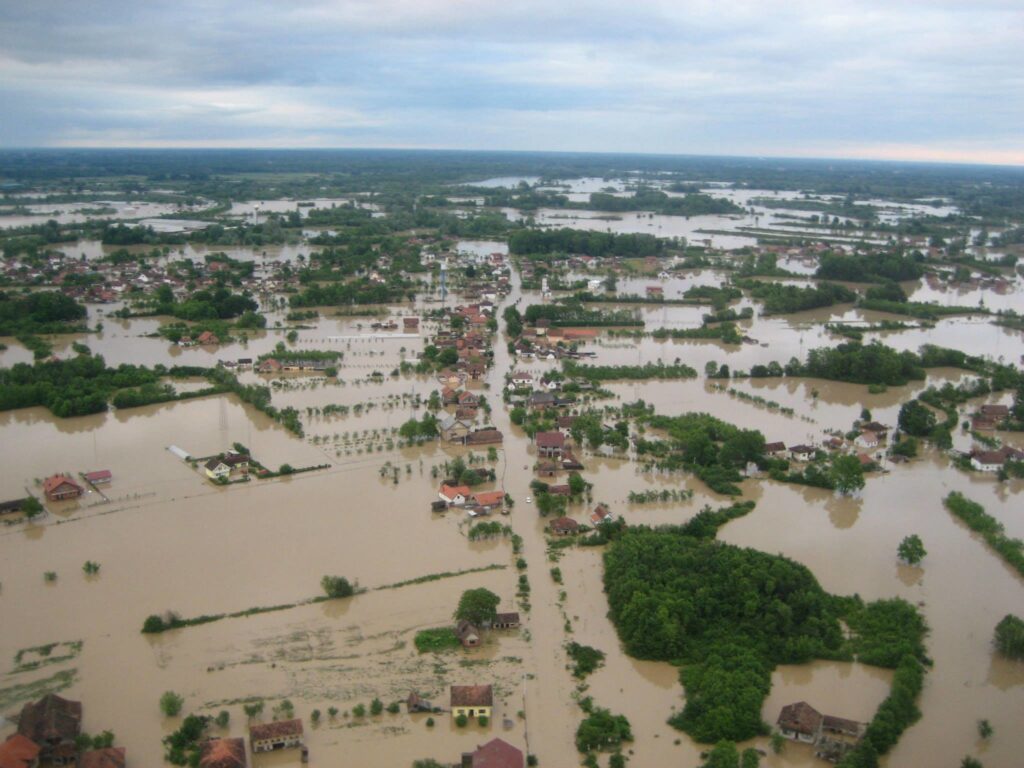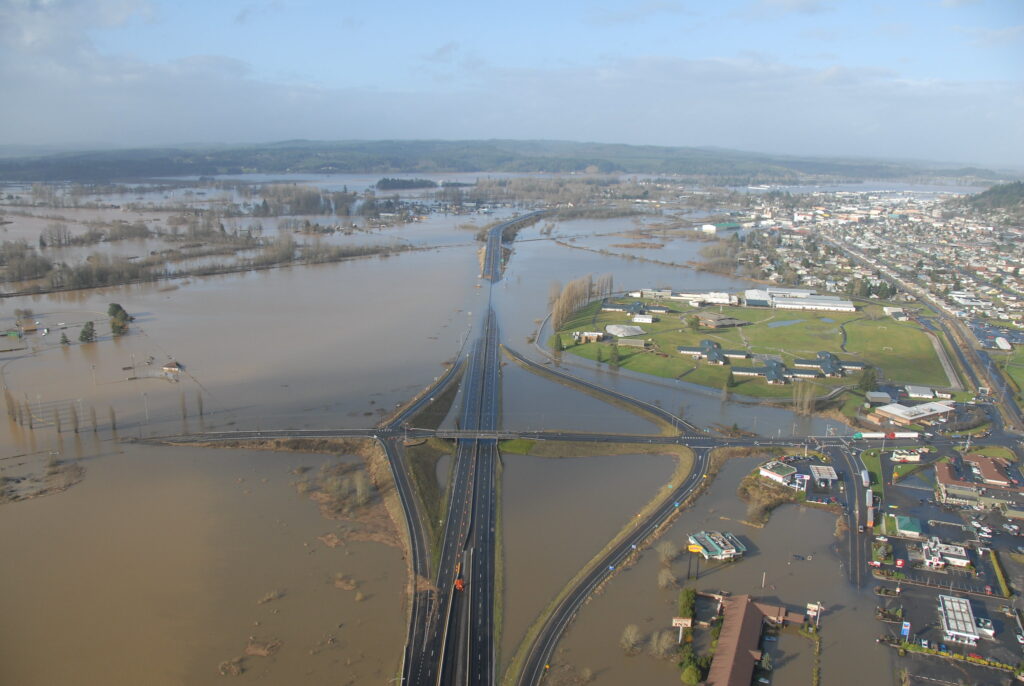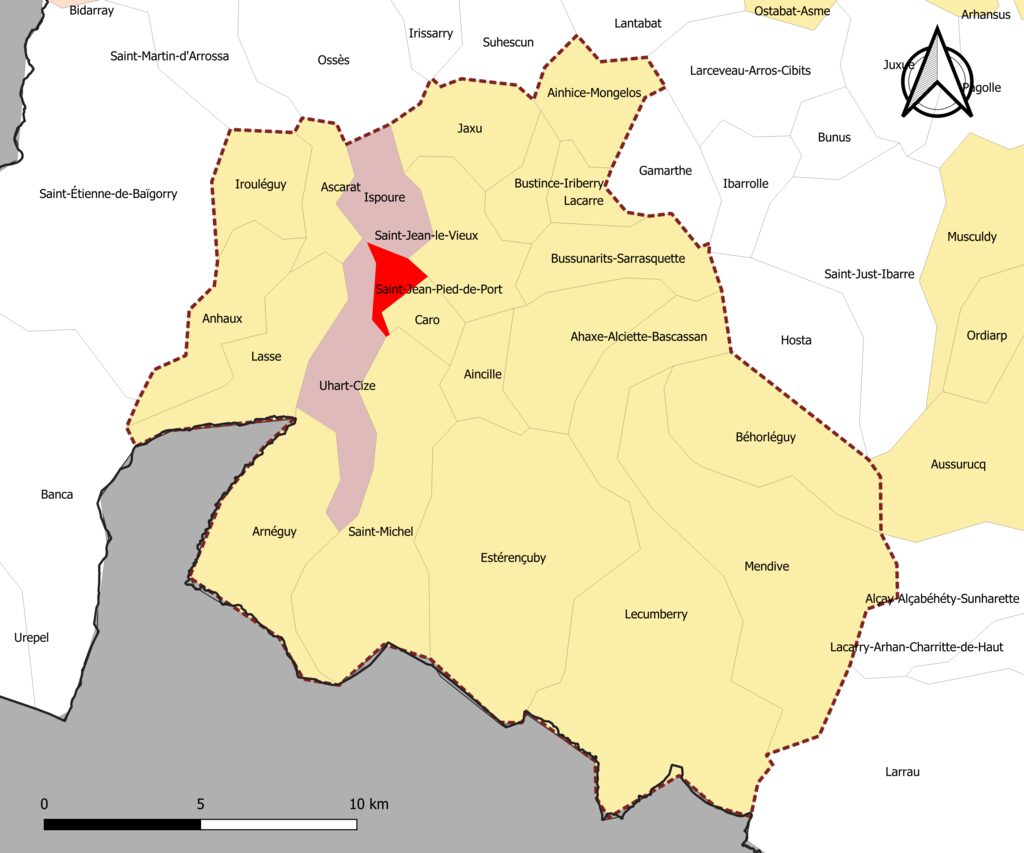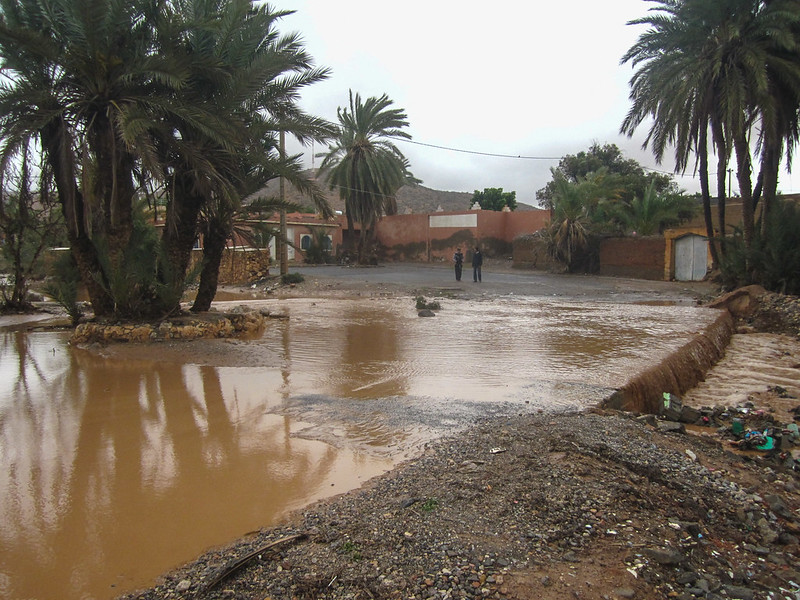Flooding is one of the most destructive natural phenomena, causing extensive damage to property and disrupting local ecosystems. However, it is possible to prevent these disasters and minimise their environmental impact through well thought-out strategies. This article explores best practices for preventing flooding while protecting the environment.
Understanding the Environmental Impact of Flooding
Floods don’t just cause material damage; they also have significant environmental repercussions. They can lead to the contamination of drinking water sources, the destruction of natural habitats and a loss of biodiversity. What’s more, the materials and pollutants carried by floodwaters can disturb soils and watercourses, creating an ecological imbalance that can last for years.
Soil erosion and loss of biodiversity
Soil erosion is one of the most immediate effects of flooding. Floodwaters wash away nutrient-rich topsoil, reducing soil fertility and affecting local vegetation. This can lead to a loss of biodiversity, as native plants are replaced by invasive species that are more resistant to rapid environmental change.
Water contamination
Flooding can also cause massive water contamination. Wastewater treatment systems can be submerged, causing toxic substances and dangerous bacteria to spill into rivers and lakes. This pollution poses a serious health risk to local populations and wildlife.
Flood Prevention Strategies
To prevent these disasters, several strategies can be put in place. These methods not only protect homes and infrastructure, but also help to reduce the environmental impact of flooding.
Land-use planning and catchment management
One of the first steps in preventing flooding is proper land-use planning. Catchment management is crucial to controlling the flow of rainwater. Planting trees and protecting wetlands can improve water infiltration into the ground and reduce run-off. In addition, creating natural buffer zones around rivers can help absorb excess water during periods of heavy rain.
Sustainable drainage systems
Drainage systems play a crucial role in flood prevention. The use of sustainable drainage techniques, such as retention basins, green roofs, and permeable surfaces, can greatly help to manage excess rainwater. These solutions reduce the amount of water that reaches residential and industrial areas, thereby minimising the risk of flooding.
Protecting wetlands and natural ecosystems
Wetlands act like natural sponges, absorbing large quantities of water during floods. Protecting and restoring these areas is essential for flood prevention. In addition, these ecosystems support a wide diversity of animal and plant life, contributing to the overall resilience of the environment.
Water retention solutions
Finally, the installation of water retention systems such as dams and reservoirs can help to control the flow of rivers and prevent overflows. These infrastructures must be designed to minimise their environmental impact, taking into account the needs of local ecosystems.
Conclusion: Prevent to Protect
Flood prevention is essential to protect not only human dwellings but also the natural environment. By adopting environmentally-friendly practices, it is possible to significantly reduce the risk of flooding while preserving biodiversity and local ecosystems. Through a combination of land-use planning, sustainable drainage systems and wetland protection, we can create a safer and more resilient future for everyone.

